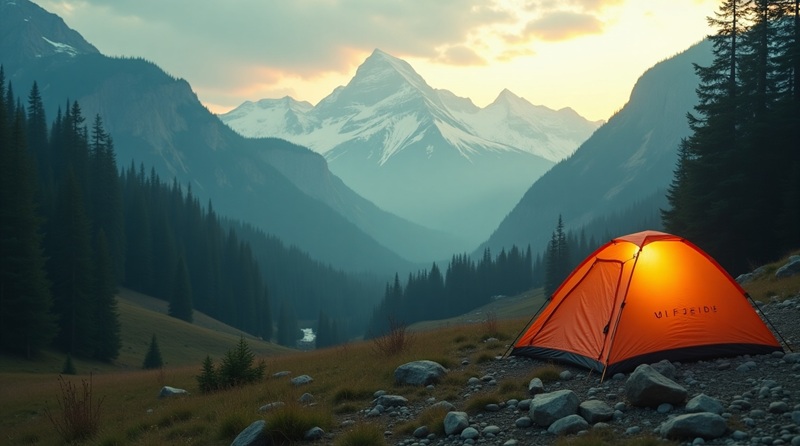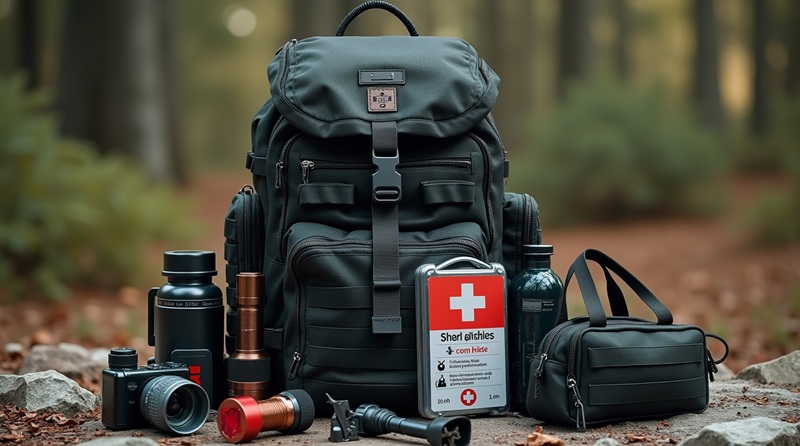When disaster strikes, having a reliable and comfortable shelter can make the difference between safety and danger. Whether it’s an earthquake, a storm, or an emergency evacuation, choosing a premium emergency shelter ensures not only protection but also comfort and peace of mind.
This comprehensive guide details the different types of shelters available, the key criteria to choose wisely, and a selection of the most recommended and high-performing models in 2025.
Why Plan for an Emergency Shelter?
An emergency shelter is more than a temporary refuge. It is a vector of safety and a living space that must protect against multiple risks:
- Weather protection: heavy rain, violent winds, freezing cold, or extreme heat can quickly become life-threatening.
- Security: protection against wildlife or unwanted intrusions for group safety.
- Comfort for families and groups: adequate space, good ventilation, and basic setup bring essential well-being in difficult conditions.
A premium emergency shelter is therefore not a superfluous luxury, but a vital strategic investment to protect loved ones and better handle any crisis situation.
Types of Emergency Shelters Available in 2025
1. Quick-Setup Tents and Domes
- Easy and fast setup: usually 5 to 15 minutes, even without expertise.
- Lightweight and portable: convenient for hiking or evacuation.
- Capacity: 2 to 6 people depending on the model.
- Examples: modular military tents for extreme situations, MSR Hubba Hubba NX, popular among hikers and families.
- Advantages: robustness, compact design, and weather resistance.
- Drawbacks: less suitable for extended stays or extreme long-term conditions.
2. Inflatable and Modular Shelters
- Ultra-resistant inflatable structures against wind and rain.
- Very fast installation: just a few minutes, sometimes automatic.
- Ideal use: temporary camps, group evacuations, or short-term events.
- Example: ShelterLogic Instant Shelter 12×12, strong and versatile.
- Advantages: spacious interior, modularity, and improved comfort.
- Drawbacks: heavier weight and requires a pump or compressor.
3. Prefabricated Shelters and Bunkers
- Fixed structures, often semi-permanent or permanent.
- Extreme resistance to severe weather, earthquakes, and violent storms.
- Capacity: often designed for families or small groups.
- Examples: Earth Shelter “Family Safe” Module, modular steel bunkers.
- Advantages: maximum security, possible comfort (thermal insulation, filtered air).
- Drawbacks: heavy investment and complex installation.
Key Criteria for Choosing a Premium Emergency Shelter
- Capacity: number of people to host and expected duration (hours, days, or weeks).
- Weather resistance: waterproofing (IPX standards), wind resistance, snow load or extreme heat handling.
- Portability and size: vehicle required or backpack transport possible.
- Setup and takedown: speed, simplicity, and required tools/resources.
- Included accessories: insulated mattresses, 4-season sleeping bags, auxiliary heating, integrated lighting, or air filtration.
Top 3 Recommended Premium Emergency Shelters in 2025
| Model | Type | Main Strengths | Capacity | Recommended Use |
|---|---|---|---|---|
| MSR Hubba Hubba NX | Quick-setup dome | Lightweight, fast setup, rain/wind resistant | 2 people | Hiking, small groups |
| ShelterLogic Instant Shelter | Inflatable shelter | Ultra-fast setup, sturdy, modular | 4–6 people | Camps, temporary evacuations |
| Earth Shelter “Family Safe” | Prefabricated shelter | Extreme resistance, semi-permanent, comfortable | 4–6 people | Premium home safety |
Essential Extras to Include
- Insulated mattresses and 4-season sleeping bags for thermal comfort.
- Emergency blankets and extra thermal covers.
- Portable air purifiers and ventilation systems for airtight shelters.
- Long-shelf-life food supplies (see our detailed guide on emergency food).
- First aid kits readily accessible.
Practical Tips for Setup and Use
- Always practice setting up your shelter before an actual emergency.
- Regularly check the condition of materials and accessories.
- Keep a safe, dry storage location free from pests.
- Organize with family or group members to assign roles (setup, watch, supplies).
FAQ – Emergency Shelters
For a family of 4, a quick-setup tent or modular dome can work for temporary evacuation, while a prefabricated shelter offers more safety and comfort for longer stays. Setup ease and portability should also be considered.
It depends on materials and maintenance. A premium tent can last several years if well cared for, while a prefabricated shelter or bunker is designed for decades of resistance.
Modern inflatable shelters are highly resistant to wind and rain, but they are best suited for temporary shelters. For prolonged extreme conditions, a rigid or prefabricated shelter is preferable.
Beyond the shelter itself, plan insulated mattresses, 4-season sleeping bags, thermal blankets, air purification systems, long-term food, and a first aid kit.
Prefabricated shelters require site preparation and often semi-permanent installation by professionals. It’s a heavier investment but offers superior long-term security.
Clean regularly, check seams, membranes, and structures, store in a dry pest-free place, and practice periodic setup to avoid failures.
Conclusion
Choosing a premium emergency shelter means anticipating the unexpected with reliable equipment that provides protection while ensuring a minimum of comfort for your loved ones. It is not a luxury, but an essential safety investment.




